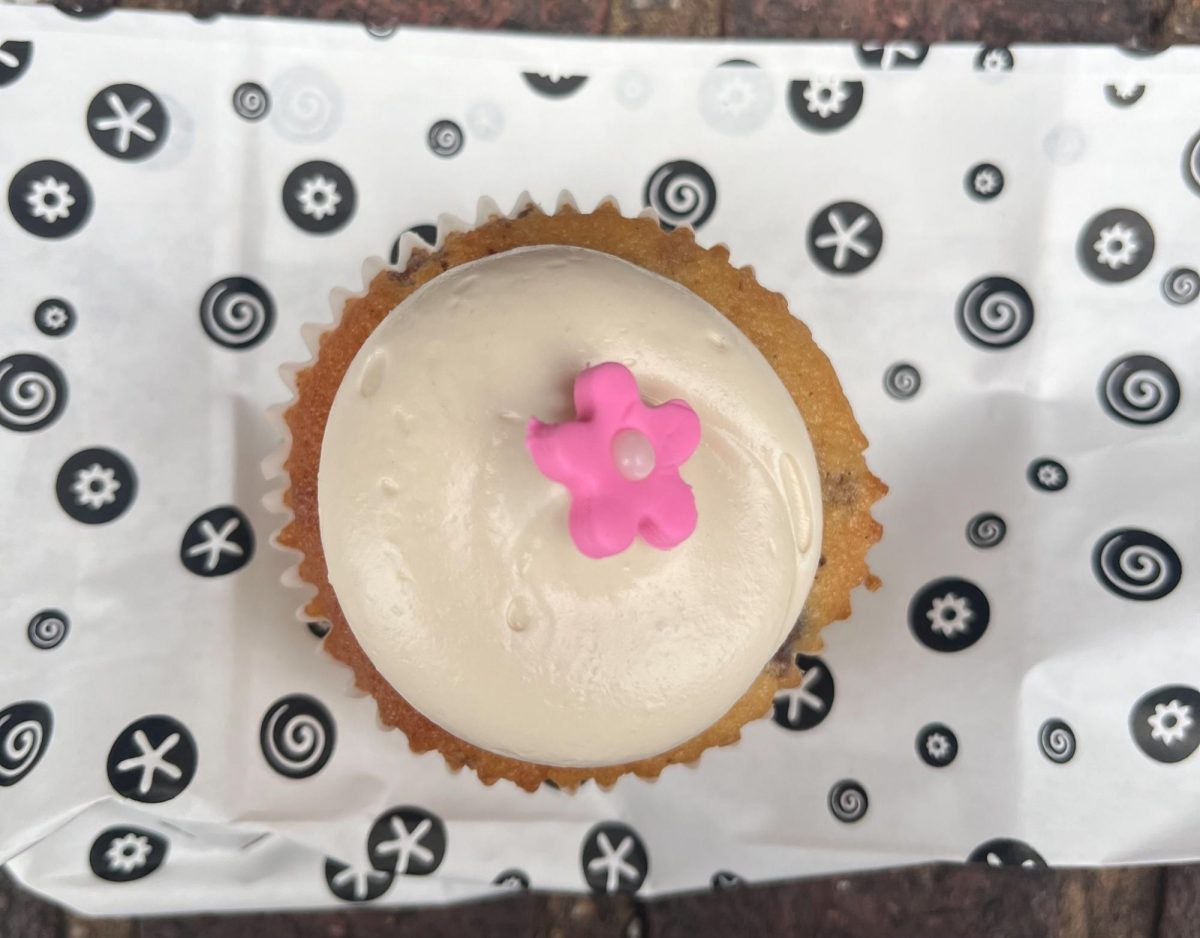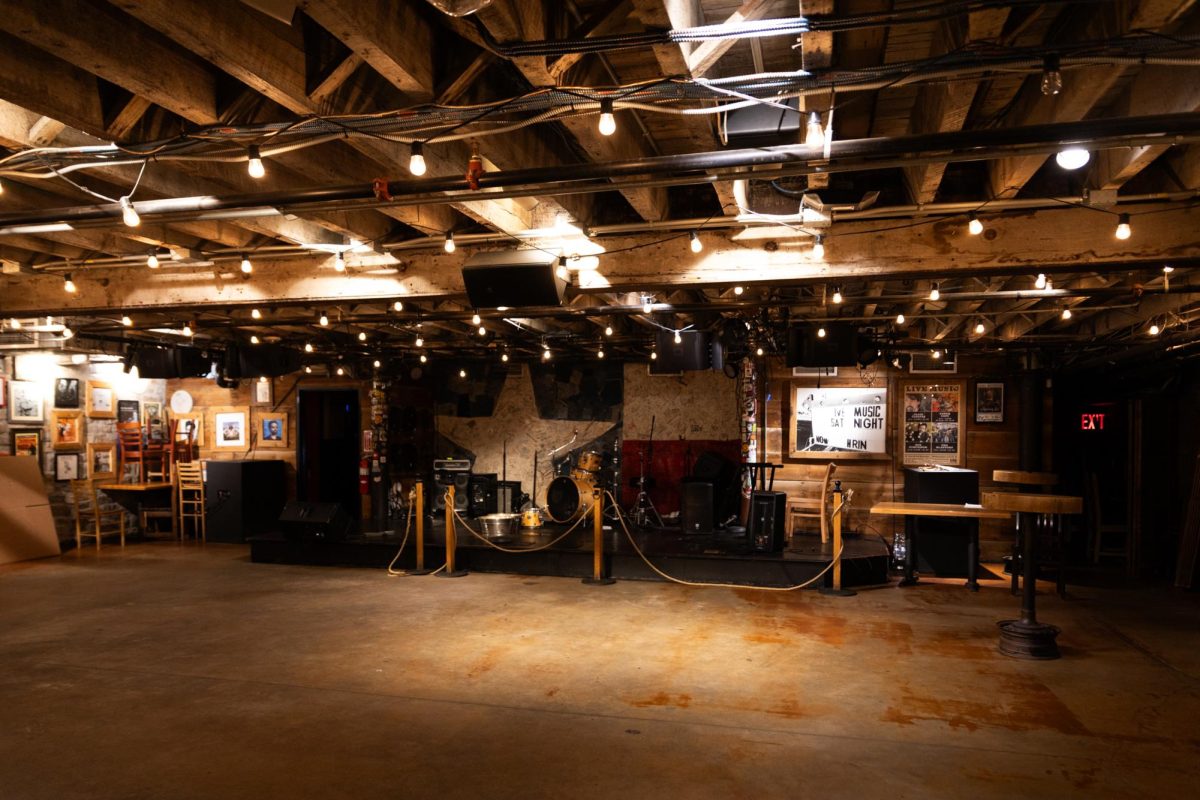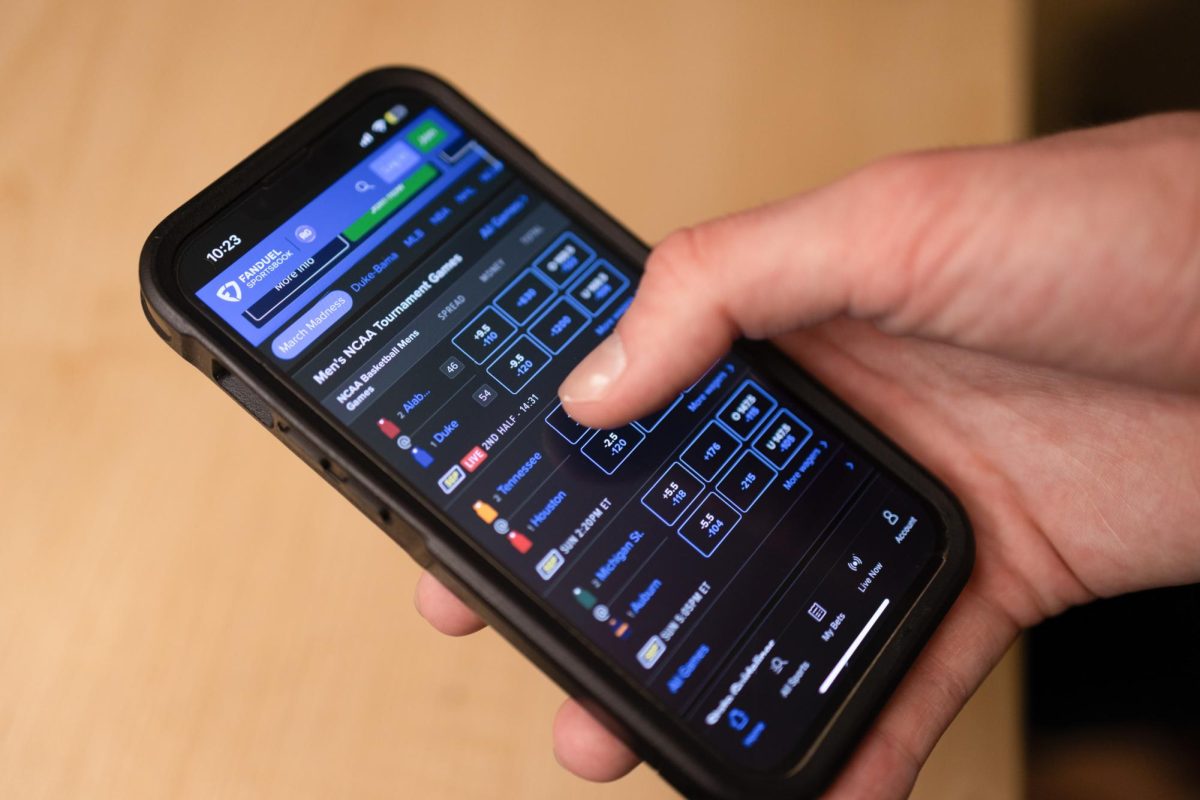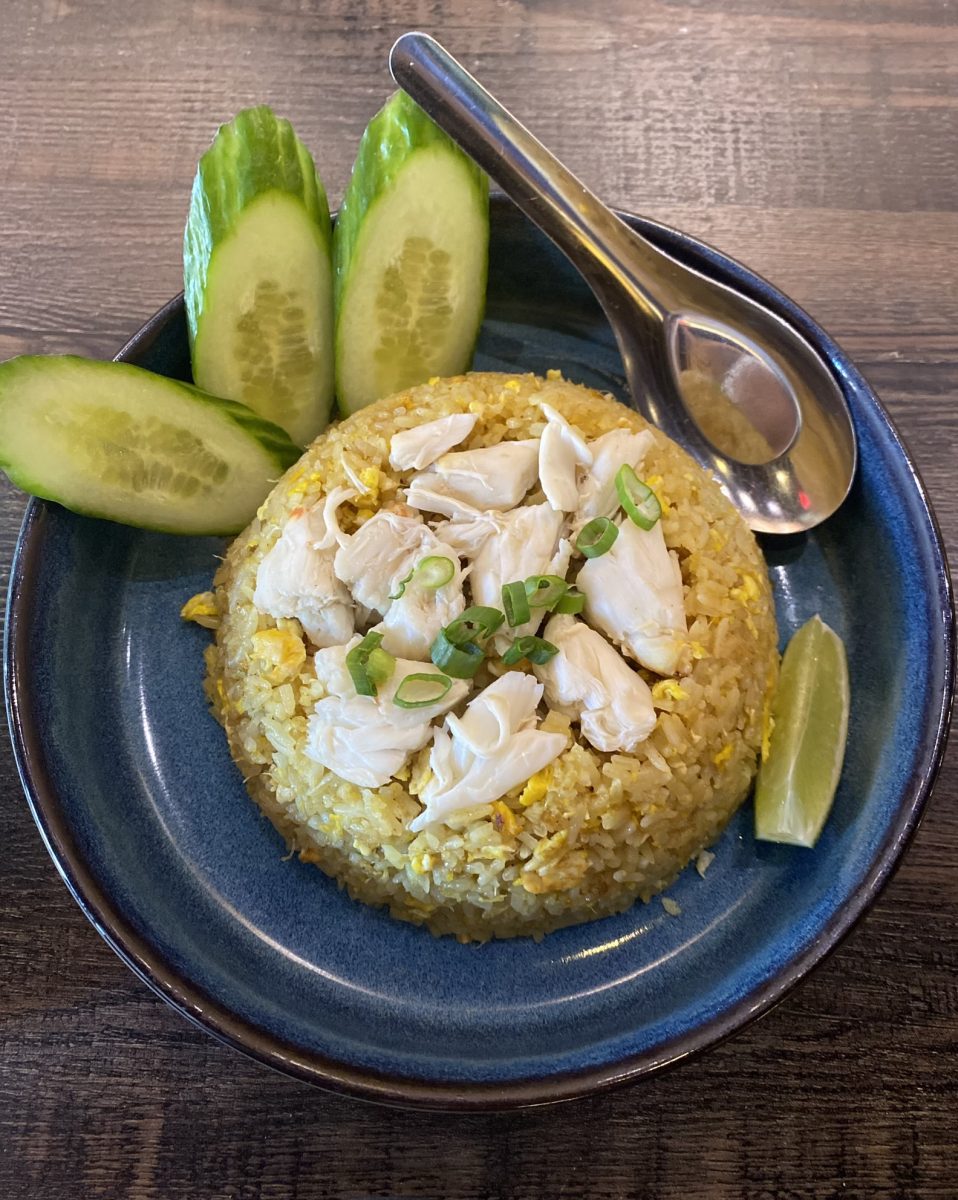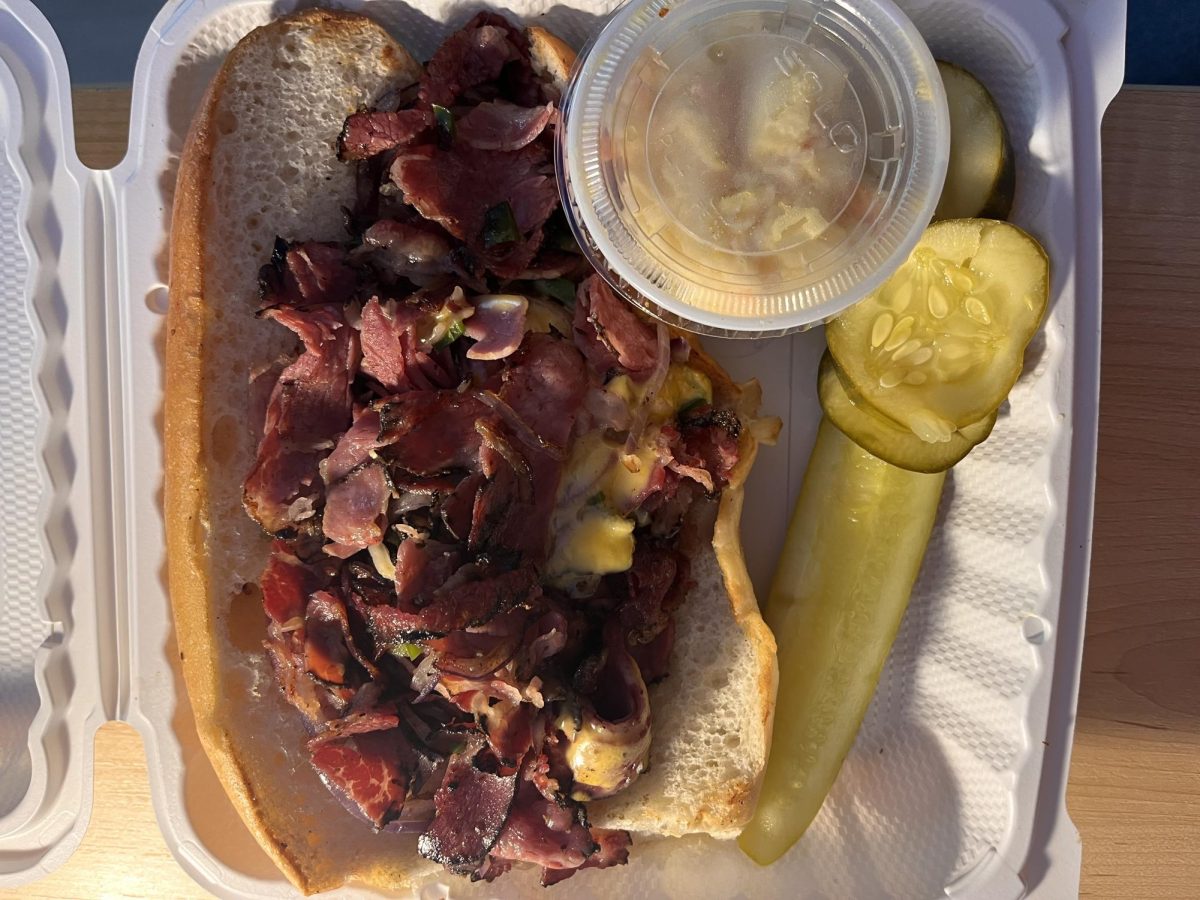Amid a nationwide immigration debate, the restaurant Immigrant Food serves up dishes from around the world with a side of political advocacy.
Immigrant Food is located just a few blocks from the White House at 1701 Pennsylvania Ave. A self-described “fast-casual turned cause-casual” restaurant, the joint aims to make people feel at home with its yellow lantern-like lights, maps of the world, hanging rugs and handcrafted baskets.
To the left of Immigrant Food’s entrance, customers can use a restaurant-provided tablet to take a picture in front of a wooden world map and send it to themselves. The picture is photoshopped with the phrase, “We are all immigrants!” at the top of the photo and “#unitedatthetable” at the bottom.
Once you sit down to eat, you can choose from a selection of “fusion bowls,” which blend cuisines from several different regions into one bowl. For example, the “Beirut and Beyond” ($12.25) bowl is a vegetarian dish inspired by foods from the Middle East, Iran and North Africa.
You can also try the “Mumbai Mariachi” ($13), which combines the flavors of mango chutney coleslaw using Indian cuisine, feta cheese and jalapeño peppers or the “Stockholm to Dublin” ($13.50) made with salmon, feta, avocado, dried apricots, hard boiled egg and pumpernickel croutons.
I opted for the “Bay of Bengal” ($12.25), a dish inspired by Indian subcontinent immigrants that features many foods unique to the region. It is served in a large, shallow bowl and features chaat, kefir, roasted chickpeas and cassava, pineapple cubes, mango chutney, cilantro, vinegar potatoes, tomatoes and chili paste.
The edge of the bowl is lined with chaat, a tangy Indian street food that derives its name from the meaning, “to lick” – as in, “to lick your fingers after you’re done eating.” The rest of the ingredients fill the bowl.
Served at a cool temperature, the center of the dish is coated with a sour-tasting fermented milk called kefir and some green chili paste, which gives an extra dash of spice. Although these two flavors were both strong in their own respect, the cool temperature of the kefir offset the heat from the chili paste.
These powerful savory flavors were mixed in with small cubes of fresh pineapple, diced cherry tomatoes and golden mango chutney to create a burst of different flavors.
Fortunately, the chickpeas and crispy roasted cassava together acted as a starchy, bland base for the dish. The cassava counteracted the acidic taste of the fruits, the sourness of the kefir and the spiciness of the chili paste while adding a crunch to the other ingredients.
If you don’t want to sit down for a full meal, Immigrant Food offers “Fusion Mylks,” smoothies made from ingredients that are also inspired by different regions of the world. The “Pink Dragon” ($7), inspired by Southeast Asia, is made with dragon fruit, cardamom, yellow raisins, blue agave and coconut mylk. Others include the “Sesame Sparks” ($8) inspired by North and Central Africa and made with cacao, medjool dates, cayenne, cinnamon and black sesame mylk.
Immigrant Food delivers on its goal to make people “gather and connect” through both its atmosphere and worldly dishes.



